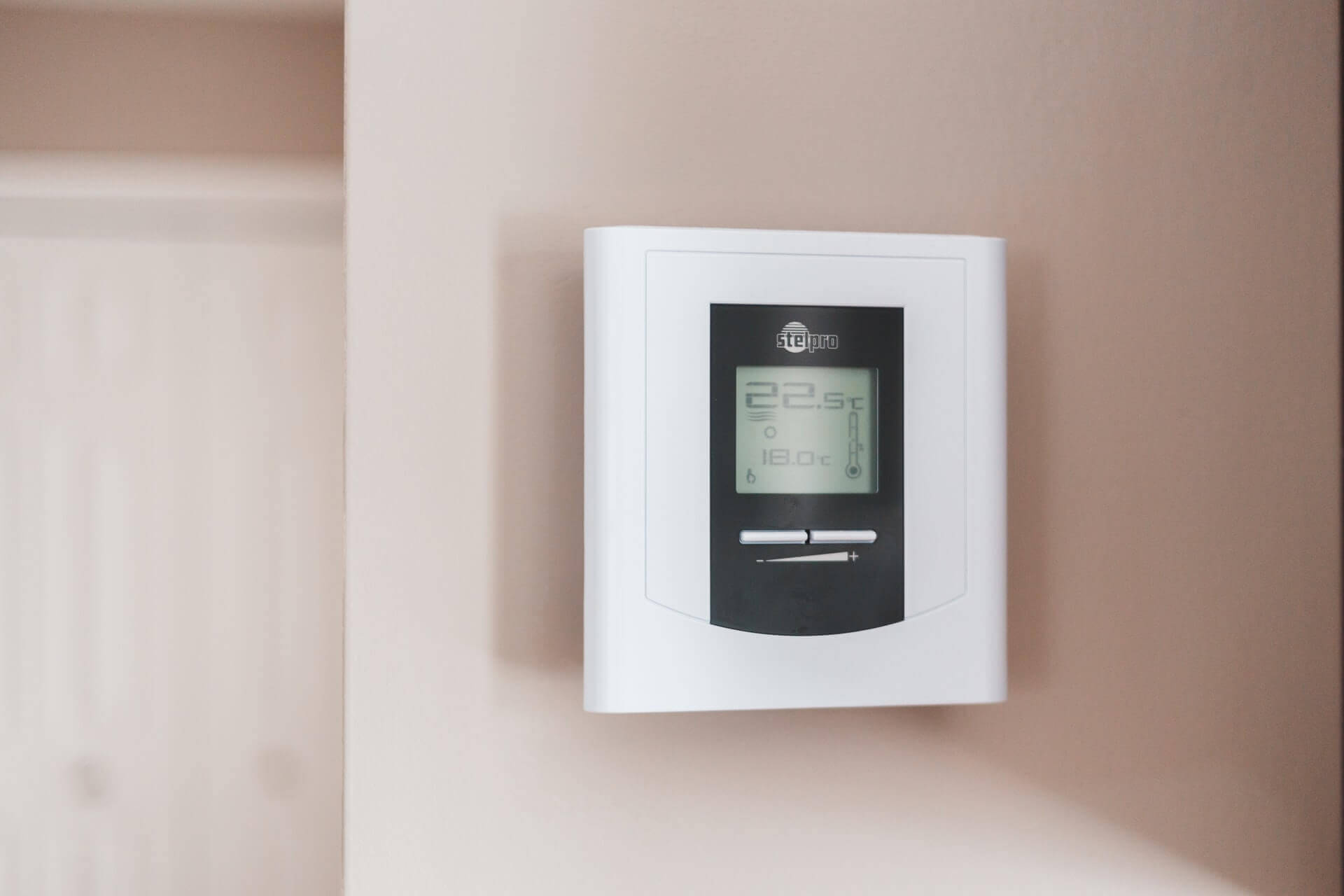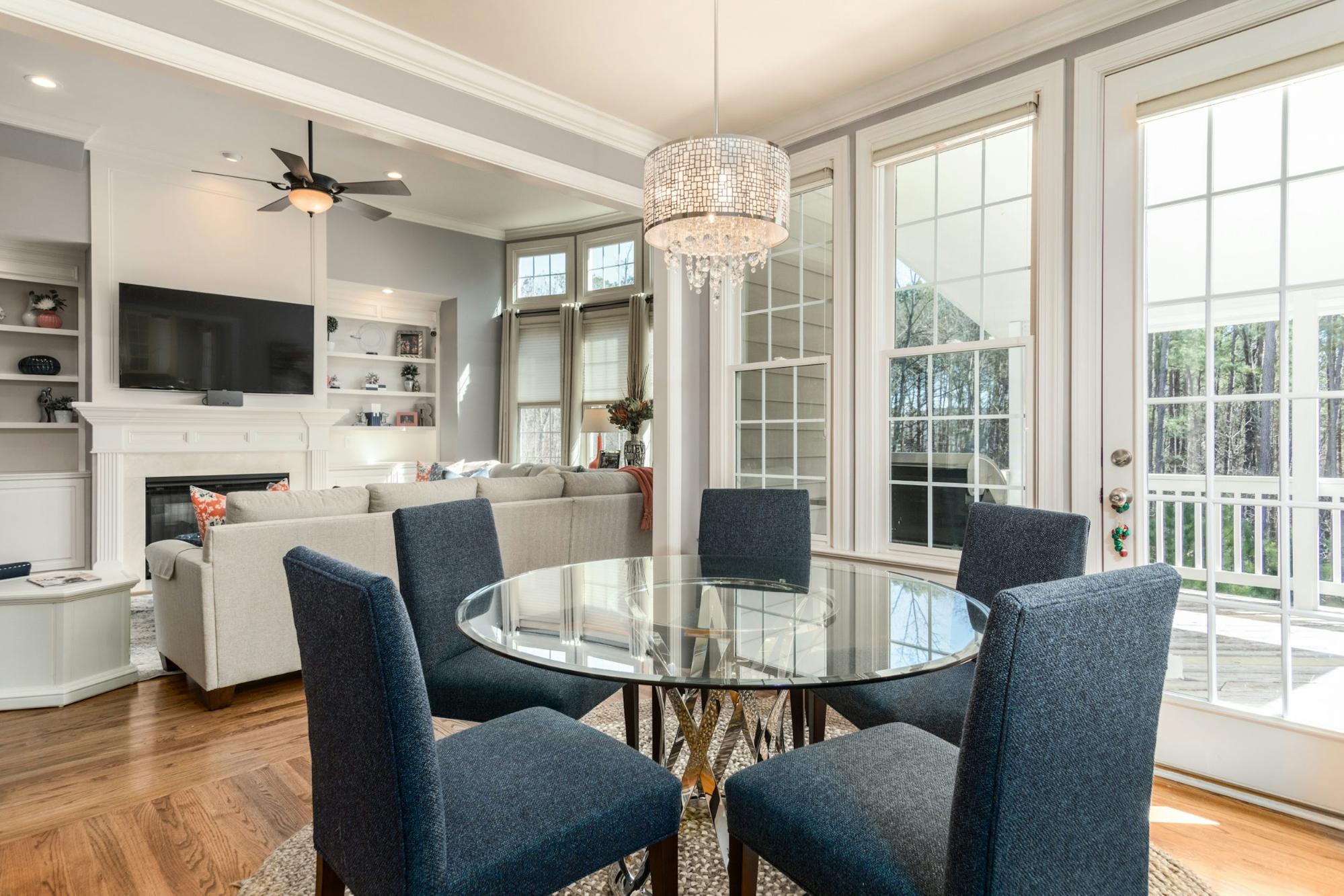What is an air exchanger?

The air exchanger is a device that is increasingly present in modern Canadian homes. Moreover, new buildings must now be equipped with them, under the Energy Efficiency Regulation. So what does this system consist of, how does it work, and what advantages can you get from installing it in your home? Find out all the answers in this article.
What is an air exchanger?
An air exchanger is a device with several elements that make it possible to circulate air from inside a house to the outside and vice versa. Basically, it is a large box with two inlets and two outlets as well as a fan that will suck up the stale air before evacuating it to the outside, and another fan that will suck in fresh air from outside to diffuse it into the rooms of the house.
For reasons of space and congestion, some air exchanger systems use existing heating and air conditioning ducts in the house. Thus, fresh air will circulate via the heating and cooling system. However, it is possible for the air exchanger to be completely independent of the other systems, which requires the installation of specially dedicated ducts.
The air exchanger is equipped with heat recovery technology. So, it can spread fresh air around the house without you having to pay more for your air conditioning and heating bills. But another real role of air exchangers is to remove the humidity from the ambient air that accumulates due to the insulation of the house. Thus, it eliminates the risk of mold development in your home, leaving the occupants perfectly protected from the risk of infection by these microscopic fungi.
What are the different types of air exchangers?
There are two main types of air exchangers, namely energy recovery ventilators or ERVs and heat recovery ventilators or HRVs.
The energy recovery air exchanger or ERV
The energy recovery air exchanger allows both heat and energy trapped in the ambient humidity to be recovered. It allows you to control the humidity level that circulates in the house at a level that suits you. Thus, in summer, it removes the humidity from the air present in the air in the house and in winter, it will humidify the dry air in the rooms. It also makes it possible to save on heating and air conditioning by optimizing the efficiency of these devices thanks to its energy recovery function.
The heat recovery air exchanger or HRV
The heat recovery air exchanger has a system that will transfer some of the heat from the expelled stale air to the fresh incoming air. While it makes it possible to optimize the use of heating and air conditioning devices thanks to its energy recovery system, it is not capable of controlling the humidity level, unlike the VRE.
How does an air exchanger work?
A perfectly insulated house is completely airtight, limiting exchanges between the inside of the rooms and the outside as much as possible. As a result, the air that circulates in the house will be loaded with humidity and pollutants of all kinds caused by the daily activities of the occupants. An air exchanger is then necessary in order to evacuate the polluted air inside the house to the outside and introduce an equivalent quantity of fresher air from outside.
To do this, the air exchanger uses a system of ducts installed in the partitions that will lead to the grills for distributing fresh air and removing stale air. Each room in the house generally has distribution grids. The exhaust of the stale air is located at a height, where pollutants and ambient humidity tend to accumulate.
All the fresh air and exhaust air ducts are connected to the air exchanger which will connect them to the outside. Also at this level, a main duct is dedicated to the suction of fresh air, and another will be used to evacuate the stale air. The air exchanger will manage the ventilation of the entire house.
What are the benefits of having an air exchanger installed in your home?
Here are the main benefits you get from installing an air exchanger in your home:
- Optimization of air circulation and reinforcement of natural ventilation;
- Usefulness of the air exchanger at any time of the year, in summer as well as in winter;
- Purification of the air in order to evacuate polluting agents, allergens and the various fumes generated by the activities of the occupants;
- Elimination of bad odors that may become embedded on clothing or food;
- Improving the respiratory health of home occupants by reducing the risk of contracting pathologies such as asthma, allergies or lung diseases;
- Elimination of excess humidity present in the air, thus limiting the development of mold and the formation of condensation in the area of walls and windows;
- Optimization of the efficiency of heating and air conditioning devices through its heat and energy recovery function.
How do I maintain an air exchanger?
As you can see, an air exchanger offers innumerable advantages. However, in order for your device to perform its role optimally for several years, it needs careful and periodic maintenance.
To do this, you must use the services of a qualified professional who will have the know-how, experience and equipment necessary to carry out this task successfully. He inspects the entire system and gives you advice to optimize the operation of your air exchanger. The only maintenance you can do is to clean the suction grill regularly in case debris gets stuck.
You can also clean and replace the filters yourself, but get professional help at the beginning. Be careful, not all filters can be cleaned. Some need to be replaced as soon as they are dirty. Refer to the user manual for your air exchanger to see the details concerning this or ask for the opinion of a heating and air conditioning provider.
Guarantee: No traces, no stress — only lasting results.
5 000 +
96%
$6,275



.avif)



